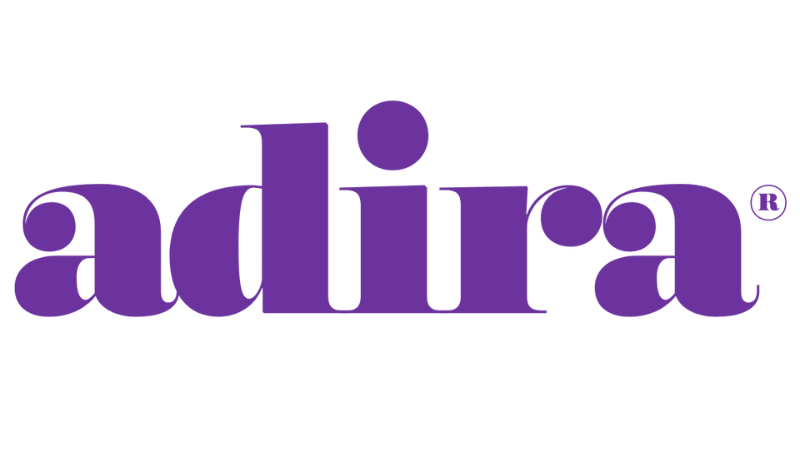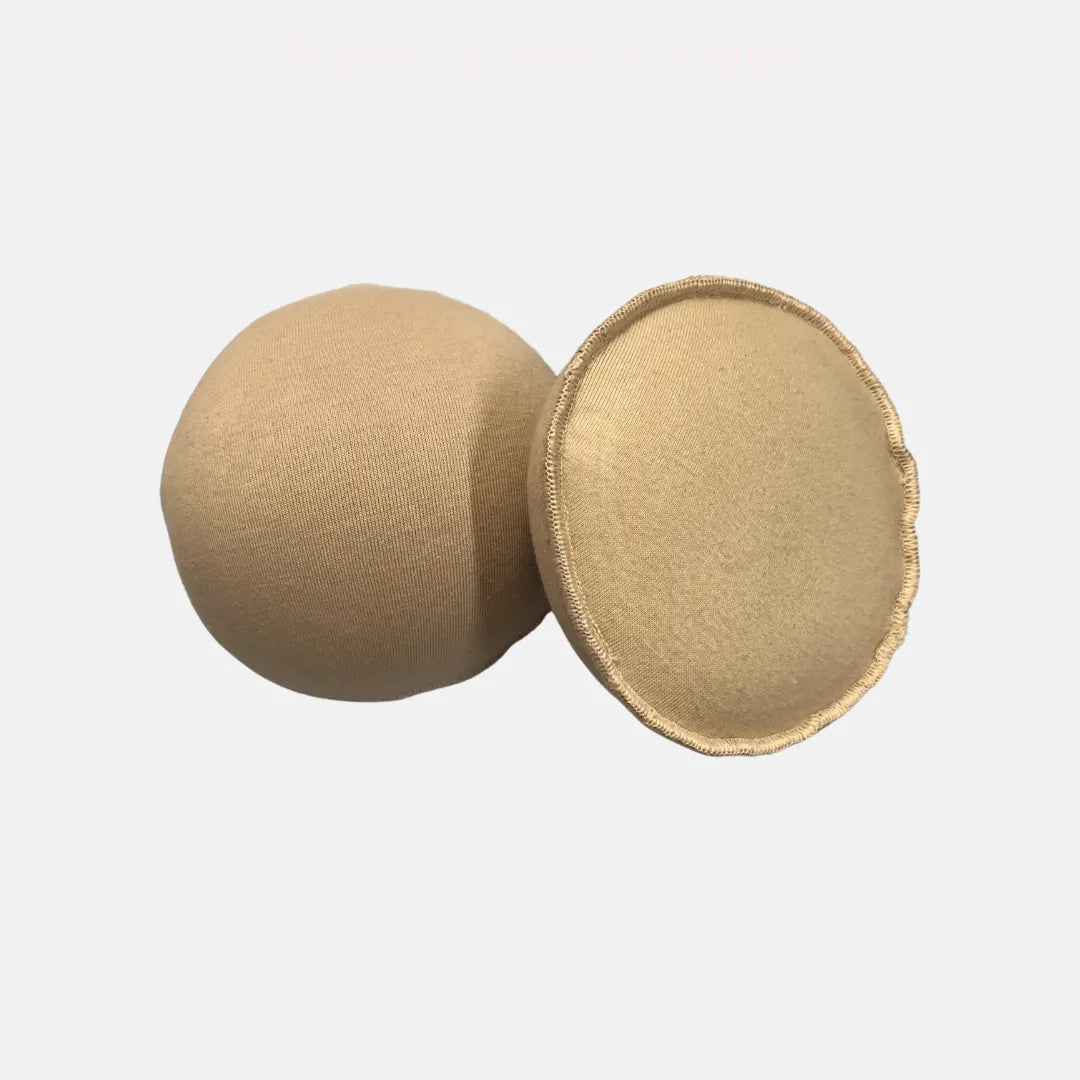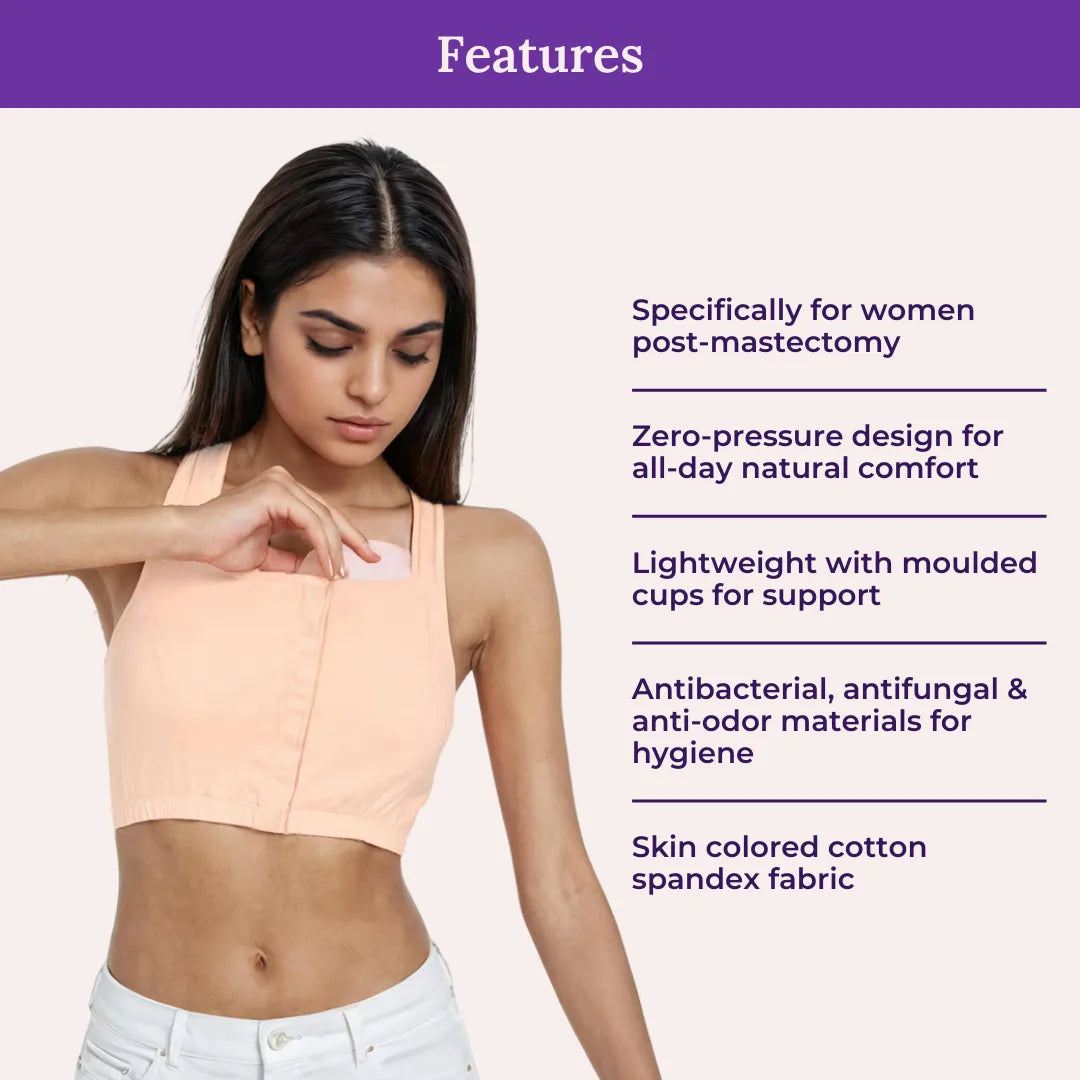Welcome, mama! Pregnancy is a beautiful process of nurturing a new life. During this time, your body goes through amazing changes to prepare for breastfeeding. One of the most visible changes is the increased creation of milk ducts in your breasts, which prepare them for lactation. However, expecting and nursing mothers frequently experience unexpected milk leakage. This is a regular occurrence that should not be a cause for concern. Nursing or nipple pads can be a dependable partner during this time, offering comfort, protection, and convenience. This blog goes deeper into the topic of breast pads, providing essential information about their use, types, and benefits.
What Are Breast Pads?

Breast pads are circular pads made of textiles such as cotton, wool, and bamboo. They are worn between the nipple and the bra to absorb any unexpected milk leaks. They work kind of like panty liners, but for your bra. Breast pads are a boon for nursing mothers, helping them stay dry and avoid leaks that might stain clothes. Lactating mothers may experience leaks at times, so keeping a feeding pad on hand is a good idea. “Thankfully, breast pads make managing leaks simple and stress-free."
Why Do You Need Breast Pads?
You must be wondering why breast pads are used. As a nursing mom, you deserve thoughtful care and comfort too. Breast pads may appear to be insignificant, but they provide numerous benefits.
- Prevents milk leakage: Breast pads are primarily used to absorb milk flow and prevent garments from visible wet stains.
- Provides extra support: Frequent breastfeeding can make your breasts feel sore or tender. Using nipple pads for breastfeeding gives them support.
- Soothes breast tenderness: Breast pads act as a barrier between your nipples and bra, soothing the tenderness of the breasts.
- Prevents skin infections: To avoid discomfort and yeast infections, it is critical to keep your nipples as dry as possible. Feeding pads make this easy.
Different Types of Breast Pads
There are two main types of breast pads available for you.
Disposable breast pads
Disposable breast pads are made of thin, absorbent material and come in various absorbency levels. They usually have a sticky back to help them stick to your bra. They should be discarded after usage. Disposable nursing pads are convenient as they save you from the hassle of washing, but they can be less environmentally friendly and more expensive.
Reusable nursing pad
Reusable nursing pad, which is composed of natural fibers, promote greater air circulation, which is essential for the healing of painful nipples.They are simple to wash and dry. Reusable pads are both environmentally friendly and financially effective, but they must be handled carefully.
Also Read: Bras During Pregnancy: How To Choose The Right Fit For You
How To Put Breast Pads In 3 Easy Steps
If you've decided on the best type of breast pads for you, read on to learn how to use breast pads. There are three simple steps to follow.
- Make sure your nipples are clean and dry. You may clean them with a piece of cotton cloth.
- Peel the breast pads carefully from their packet.
- The third step is to place your nipple in the centre of the pad and press the adhesive side (if applicable) into the cup of the bra. This guarantees optimum leakage coverage while keeping your pad in place.
What To Look For In A Breast Pad

You should consider the following factors while choosing breast pads.
- Comfort: To ensure comfort, choose nipple pads made of soft, breathable textiles such as cotton or bamboo.
- Absorbency: Choose pads that effectively absorb leaks and keep you dry. This also prevents you from the hassle of changing pads frequently.
- Size: You should ensure that your feeding pad is large enough to cover a significant area of your breast so that it does not bunch up inside your bra, making them less visible under your clothing.
- Shape: Breast pads should not be flat. A contoured nursing pad will cup your breasts like a bra and give you a snug fit with no bunching or movement. This prevents visible pad lines or show-through
- Type: Reusable breast pads are environmentally friendly, whilst disposables are ideal for on-the-go.
- Adhesive: You may consider how to wear breast pads without a bra. Disposable breast pads with a strong, sticky back can occasionally be worn without a bra.
Choose a pad that blends comfort, functionality, and your lifestyle!
Also Read: The Benefits Of Wearing Cotton Nursing Bras During Breastfeeding
Conclusion
All the new moms out there who are busy taking care of their little munchkins need not worry, as we are here to take care of your comfort and convenience. This detailed guide about breast pads will help you nurse your baby comfortably. You can tick off an important task from your long checklist to mark it. Adira’s breast pads are soft on your skin, highly absorbent, and made for everyday comfort. Why wait? Shop your pair today and have a blissful breastfeeding journey!
FAQs
Which Breast Pads are Best?
Choosing the best breast pads for oneself is based on their unique needs and comfort. Reusable breast pads are more environmentally friendly and breathable because they are made of cotton, but they must be washed after each usage. Disposables, on the other hand, are ideal for on-the-go use but are less eco friendly.
How Much is Breast Pads?
Breast pad prices vary based on type, brand, and quality. Adira offers an excellent selection of low-cost breast pads.
Are Breast Pads Necessary?
Yes! Breast pads are necessary for breastfeeding women, particularly during the first few weeks. They help to reduce milk spills and embarrassment from clothing stains. Skin infections and other bacterial development may occur if you leave your breasts damp under a bra for an extended period of time. Breast pads with moisture-wicking characteristics help to keep your breasts healthy.
How long do you wear breast pads?
Breast pads can be worn for as long as necessary to manage milk leakage, which usually occurs during the first few months of nursing or pumping. Change them periodically (every 3-4 hours or when wet) to preserve hygiene and avoid irritation or illness. Many people quit using them after the leaking has subsided.
Should I Wear Breast Pads to Bed?
Yes, wearing breast pads to bed can help with milk leakage, particularly in the early months of nursing. Choose soft, absorbent pads to stay dry and comfortable. Change them if they get wet to avoid irritation or infection.
What Else Can Breast Pads Be Used For?
Reusable breast pads can be used as a hot or cold compress to relieve muscle soreness, menstrual cramps, and other aches and pains. They can also be used to protect sensitive nipples during exercise or under clothes.


















